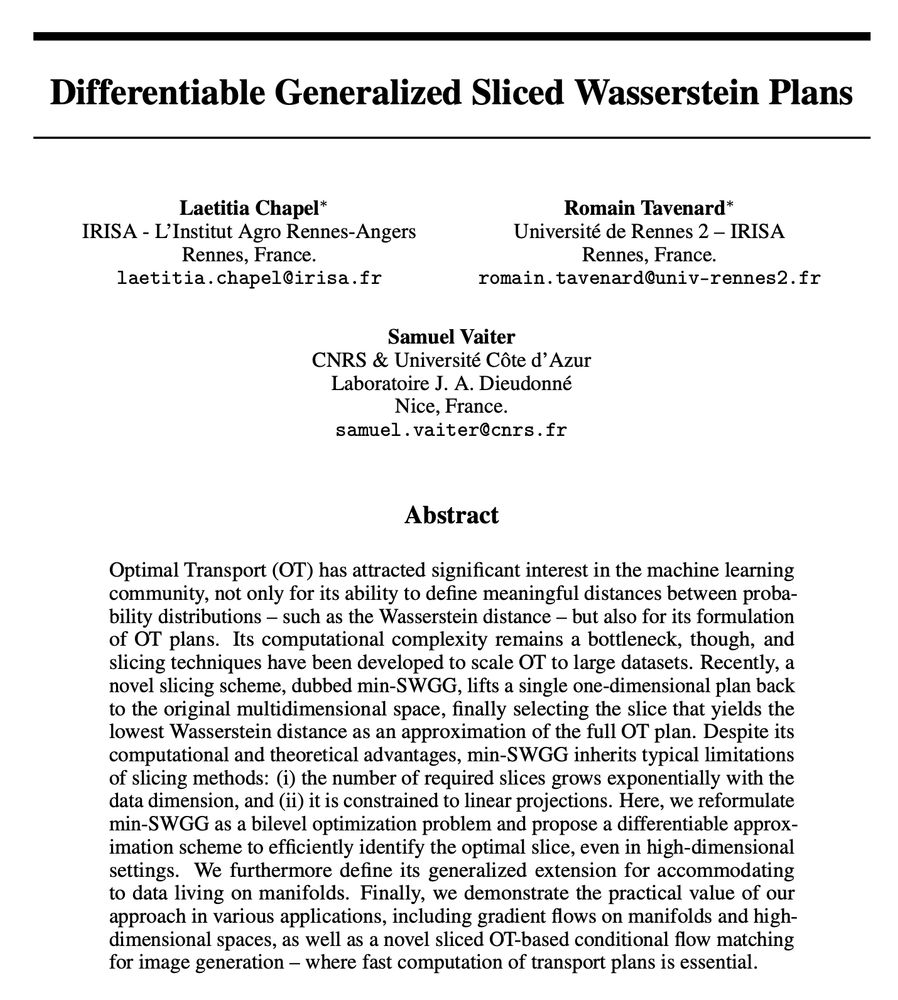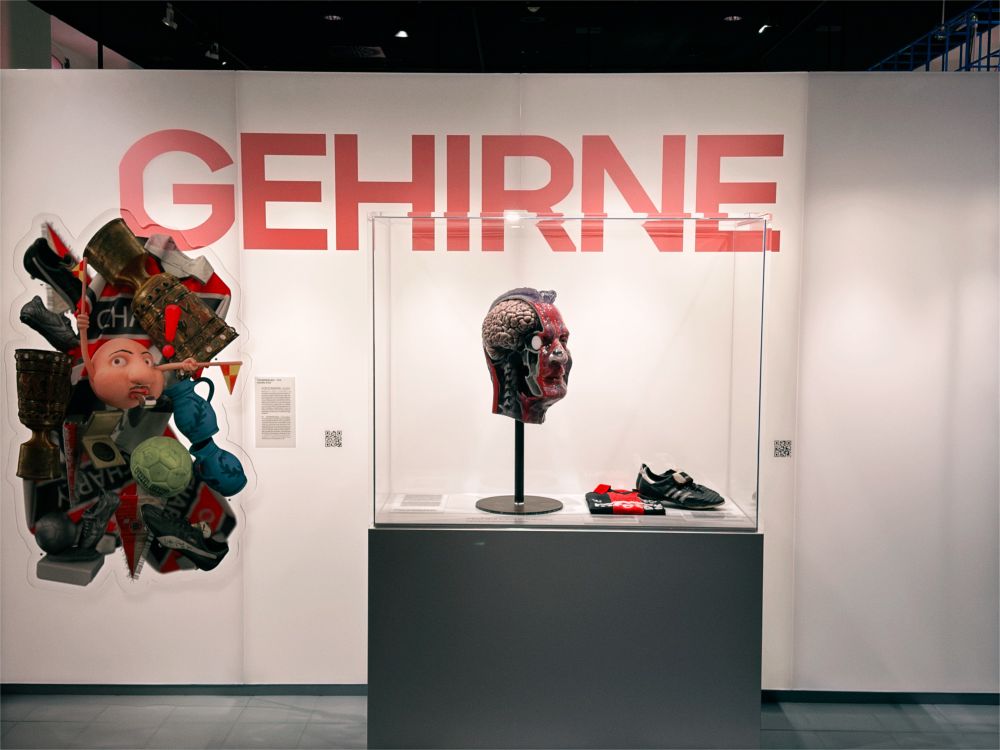Fabrizio Musacchio
@fabmusacchio.bsky.social
520 followers
280 following
70 posts
Hi 👋 I'm a postdoc in the #Neuroimmunology and #Imaging group at the @dzne.science Bonn 🧪🔬 Passionate about #ComputationalNeuroscience 🧠💻 and #NeuralModeling 🧮
🌍 fabriziomusacchio.com
👨💻 github.com/FabrizioMusacchio
🐘 sigmoid.social/@pixeltracker
Posts
Media
Videos
Starter Packs
Reposted by Fabrizio Musacchio
Reposted by Fabrizio Musacchio
Reposted by Fabrizio Musacchio
Reposted by Fabrizio Musacchio
Reposted by Fabrizio Musacchio
Reposted by Fabrizio Musacchio
Reposted by Fabrizio Musacchio
Reposted by Fabrizio Musacchio
Reposted by Fabrizio Musacchio
Reposted by Fabrizio Musacchio
Reposted by Fabrizio Musacchio
Reposted by Fabrizio Musacchio
Reposted by Fabrizio Musacchio
Reposted by Fabrizio Musacchio
Reposted by Fabrizio Musacchio






























